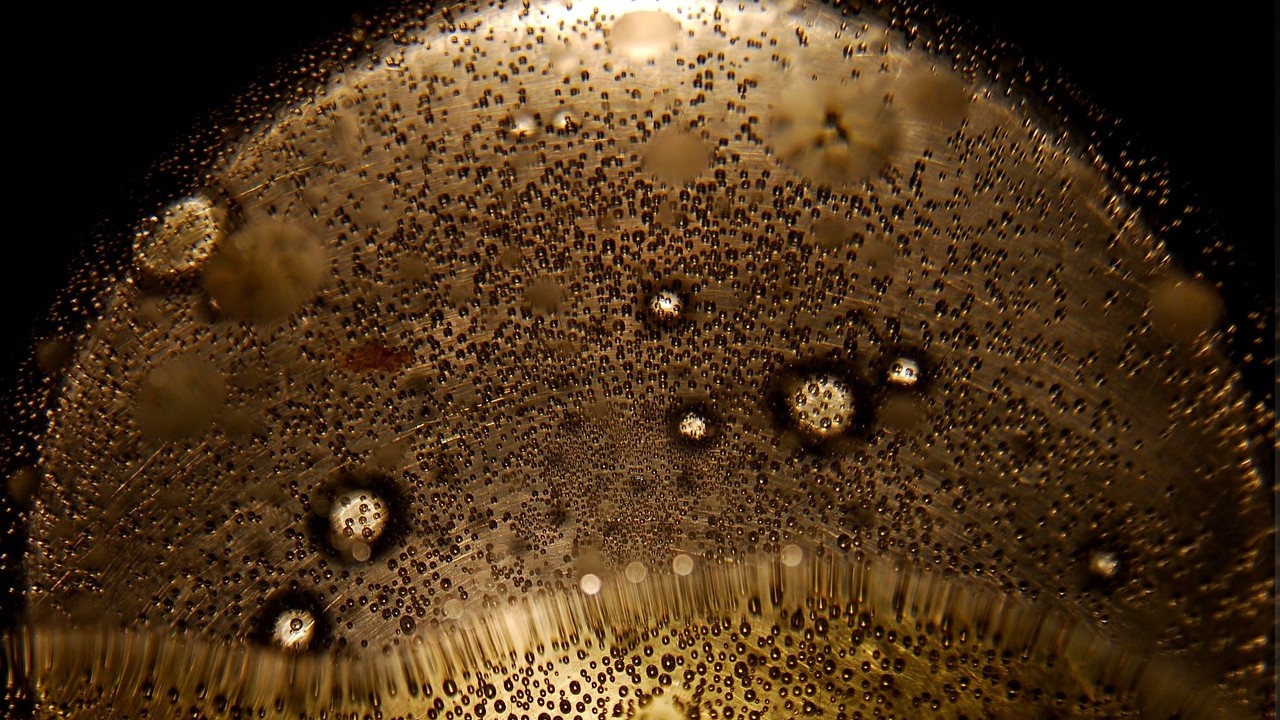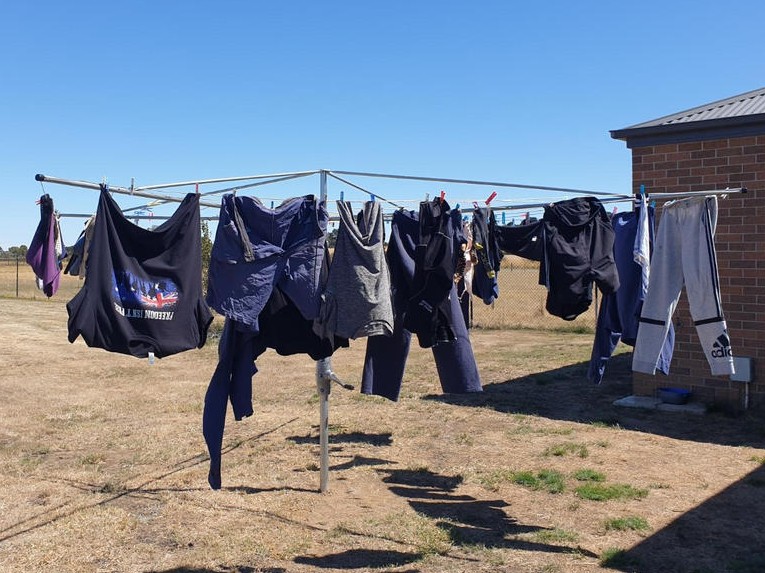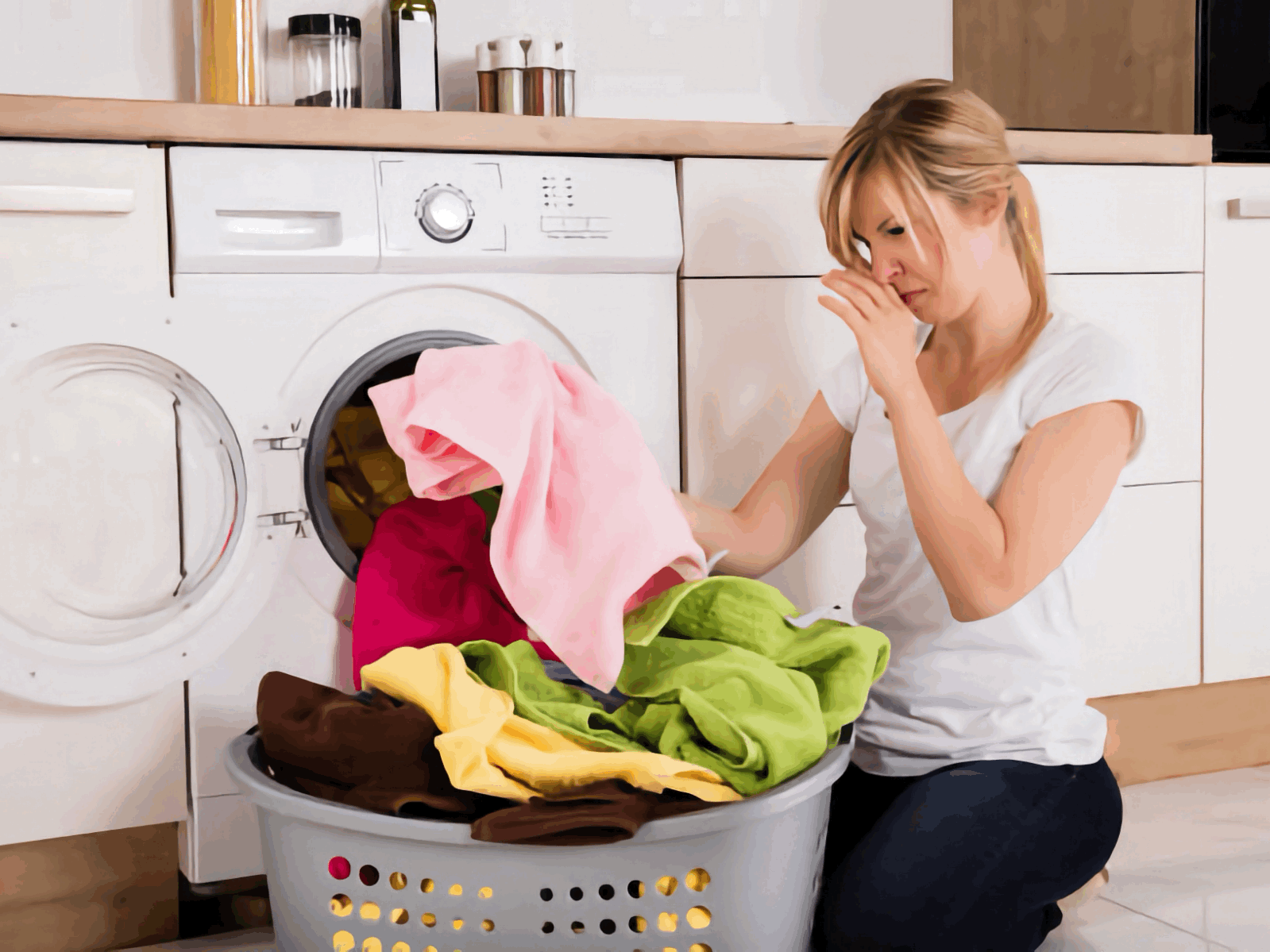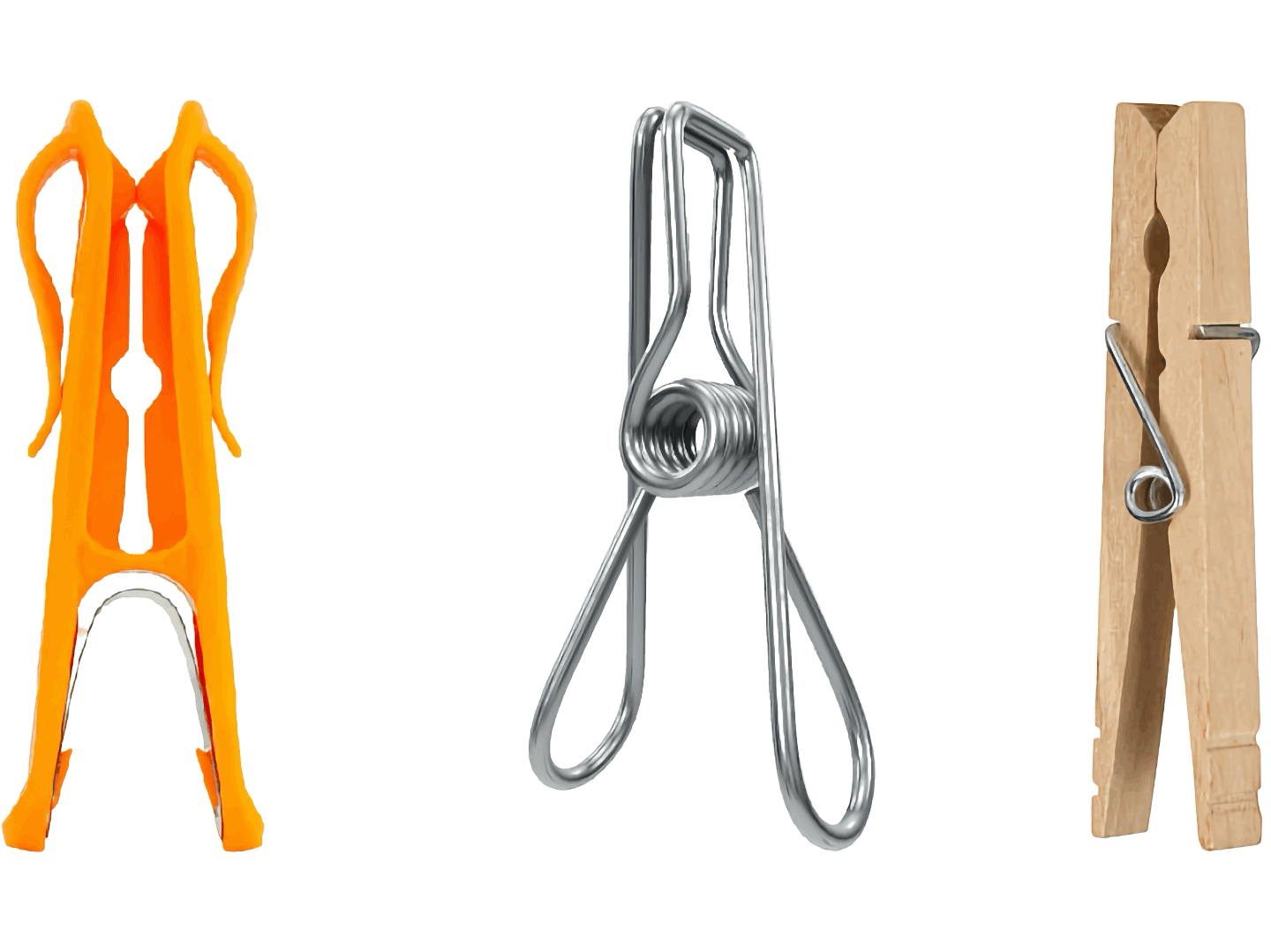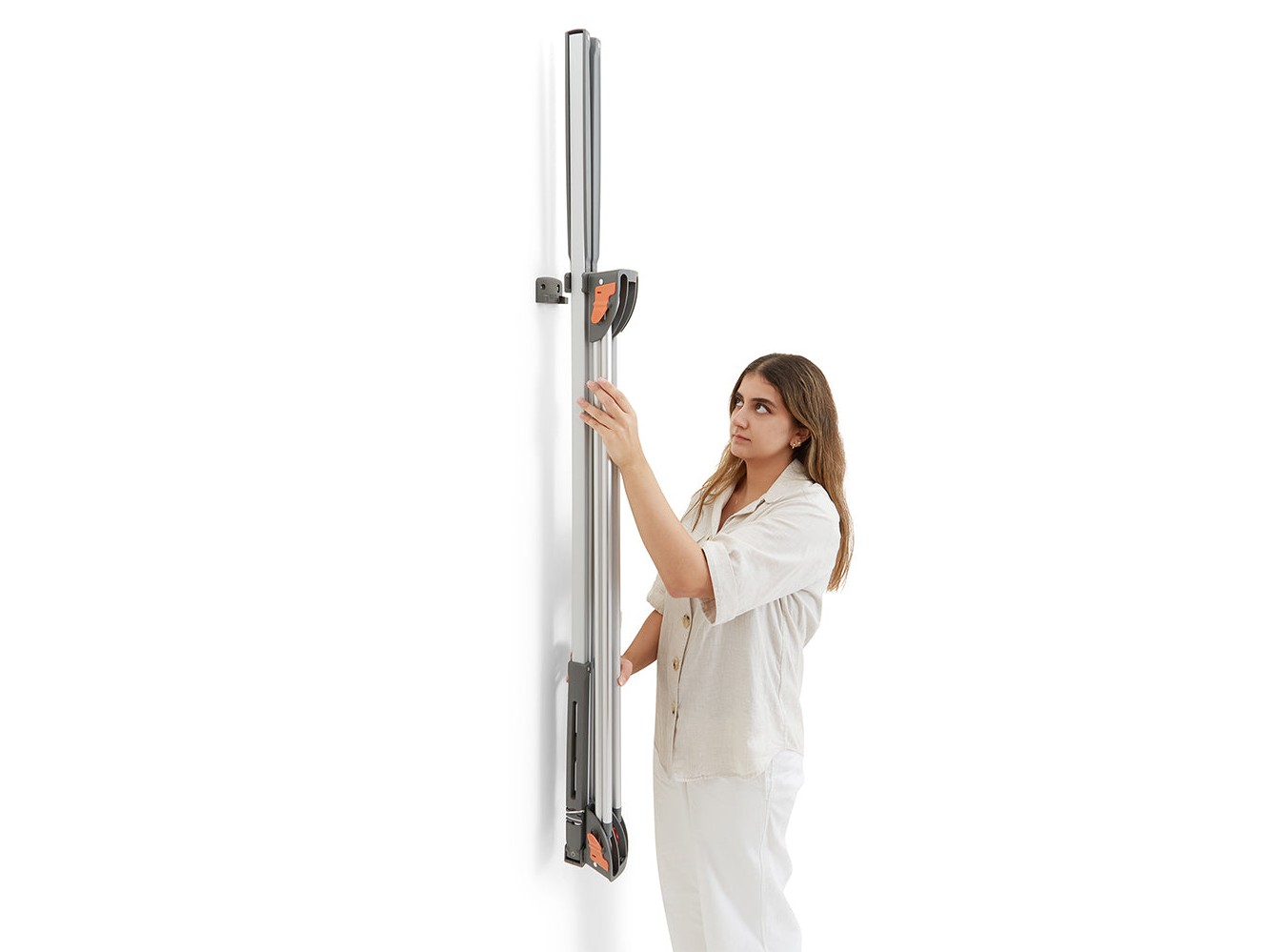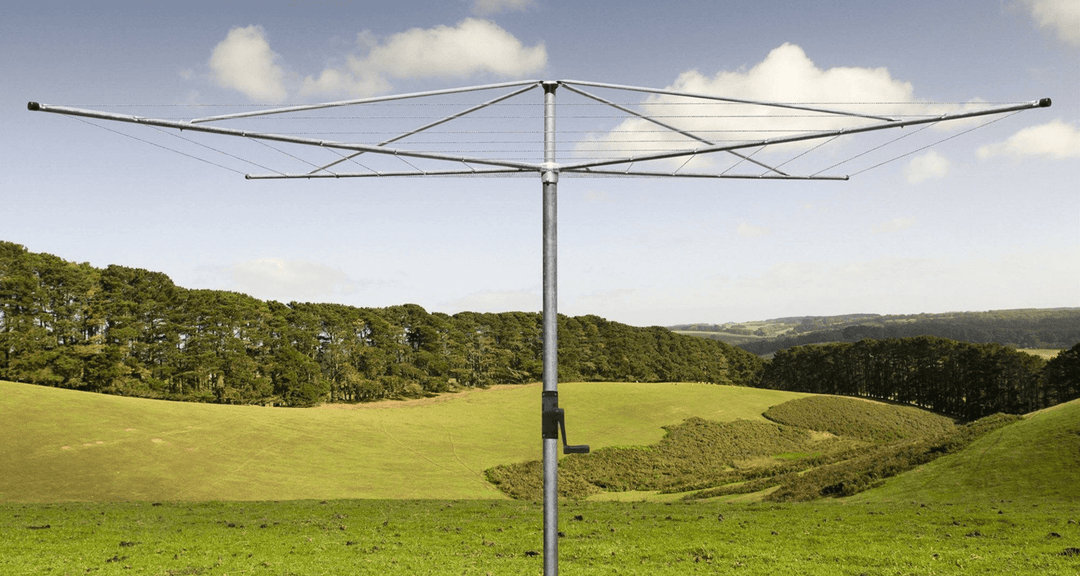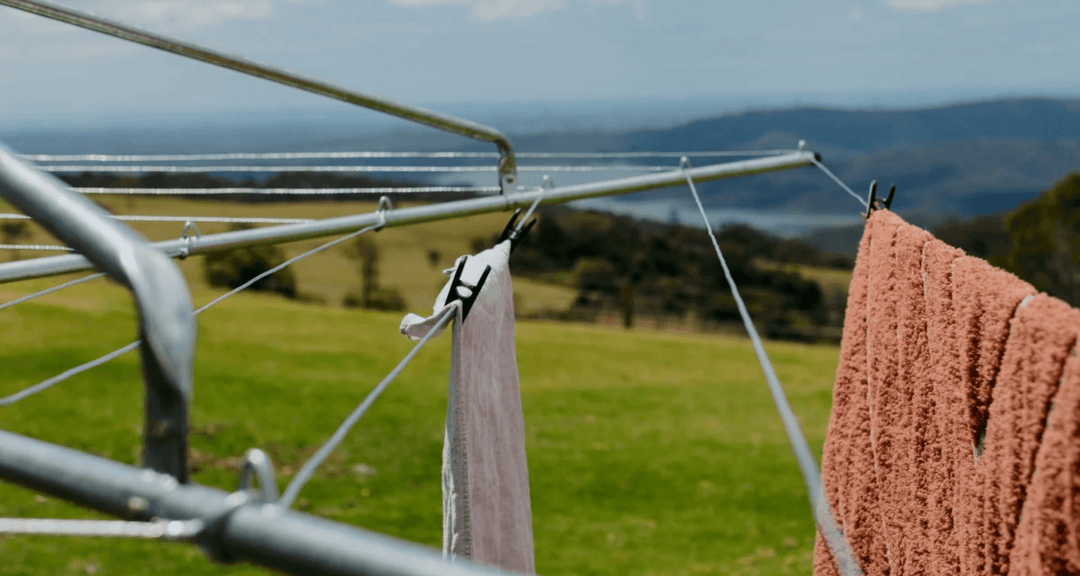How to Get Oil Stains Out of Clothes: Mastering Stain Removal
Facing oil stain woes in your laundry?
If you’re grappling with grease or cooking oil splatters on clothes, discovering “how to get oil stains out of clothes” is key.
Here, you’ll find swift and straightforward solutions to tackle those stubborn stains, tailored to suit fabrics and washing conditions.
Prepare to conquer oil stains and refresh your wardrobe with trusted techniques.
Short Summary
-
Identifying the type of oil stain is crucial, and a variety of home remedies like dish soap, baking soda, vinegar, and even WD-40 can be effective for treatment, especially if applied promptly before the stain sets in.
-
The cleaning methods to remove oil stains from clothes can differ based on the fabric and type of stain, with precaution needed for delicate fabrics and high-temperature washed clothes, as the heat might set the stains further.
-
Preventive measures for oil stains are as important as the treatment, including wearing aprons, using protective covers, and ensuring proper handling and storage of oil-based products to minimise the risk of stains.
Topics in This Article:
Recognising the type of oily stains you’re dealing with is a key step before exploring treatment techniques.
Common culprits include grease, cooking oil splatters, and various other oily substances that can mar your clothing or fabrics.
Identifying Common Oil Stains
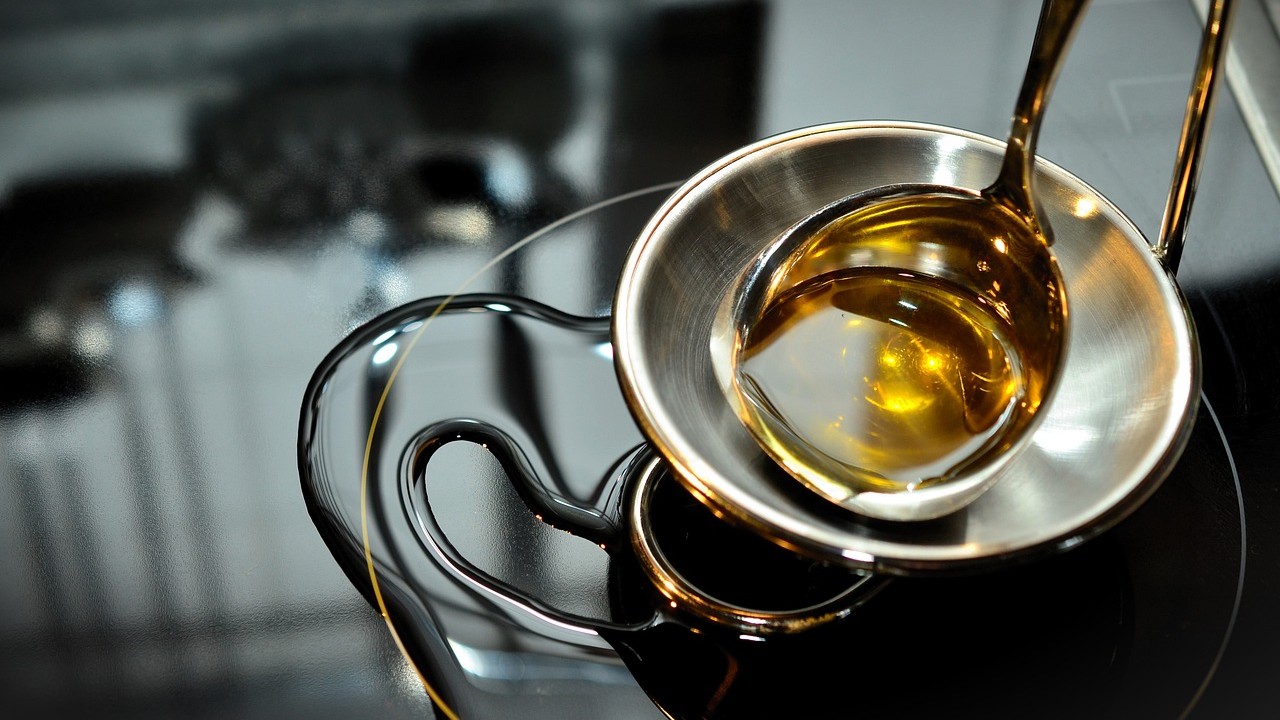
Synthetic materials, in particular, pose a significant challenge due to their affinity for oil and grease.
Grease Stains
Grease stains are particularly notorious, especially on synthetic fibers like polyester.
Their stubborn nature often necessitates professional cleaning services.
However, a simple pre-treatment with dish soap can work wonders.
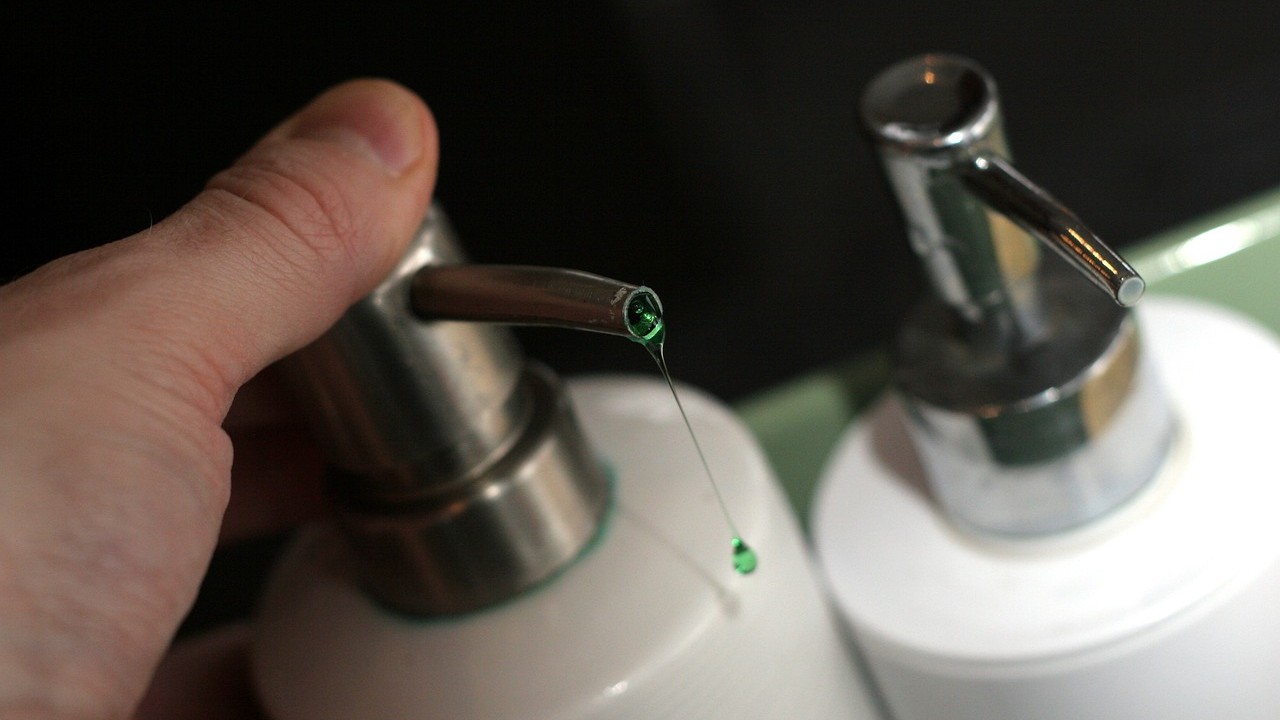
Here’s how to remove grease stains from fabric:
-
Apply dish soap directly to the stain.
-
Rub the soap gently into the fabric.
-
Rinse the fabric with cold water.
-
Launder the fabric as usual.
By following these steps, you can significantly diminish the grease stain and effectively clean grease stains, ultimately reaching the conclusion grease stains can be managed while preventing grease buildup.
Cooking Oil Splatters
Cooking oil splatters are a frequent source of oil stains during food preparation.

A simple preventive measure such as wearing an apron can protect your clothes and save you much trouble.
Other Oily Substances
Besides cooking oil and grease, daily items such as makeup, lotions, and automotive fluids can also lead to stubborn oil stains.
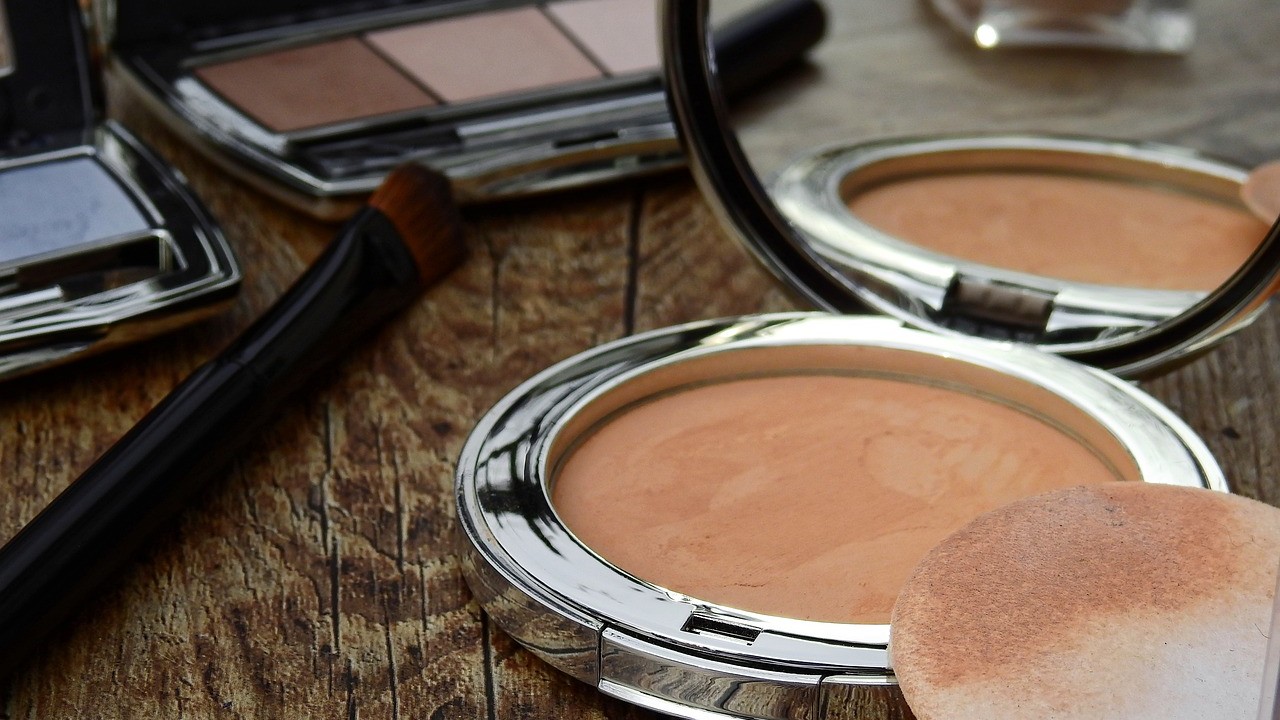
Understanding these sources can help you take precautionary measures to avoid such stains or treat them promptly when they occur.
Pre-Treatment Techniques for Oil Stains
Understanding the importance of pre-treatment is crucial before proceeding with the washing process.
Reacting promptly and applying the correct pre-treatment techniques can significantly influence the outcome, turning a potential disaster into a victory over stubborn stains.
Pre-treatment acts as the first line of defense, ensuring that the stain doesn't set in and become a permanent fixture on your fabric.
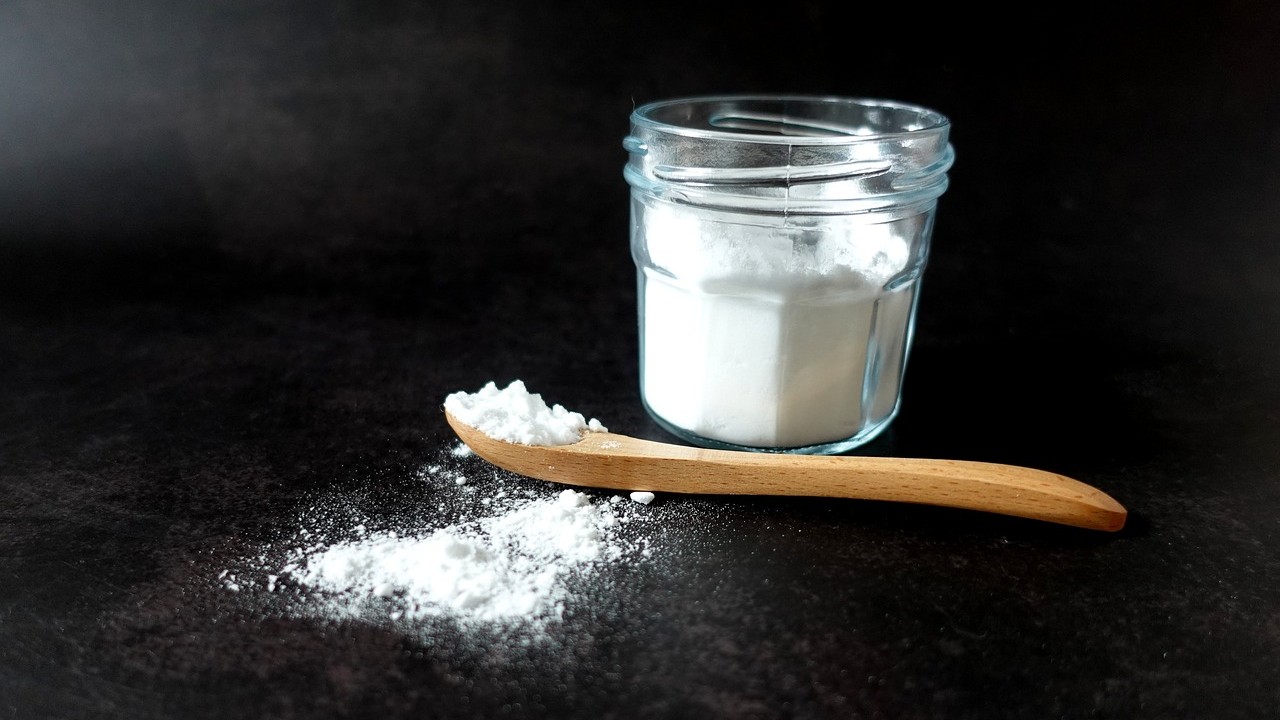
It's about acting fast, choosing the right method, and applying it before the stain has a chance to settle into the fibers.
Whether it's a dab of dish soap or a sprinkle of baking soda, the pre-treatment you select can make all the difference.
Ultimately, a well-executed pre-treatment strategy sets the stage for successful stain removal in the wash cycle that follows.
Blotting Excess Oil
If you spot an oil stain, the first step is to blot the area with paper towels or tissues.
This helps to absorb excess oil and prevent it from spreading.
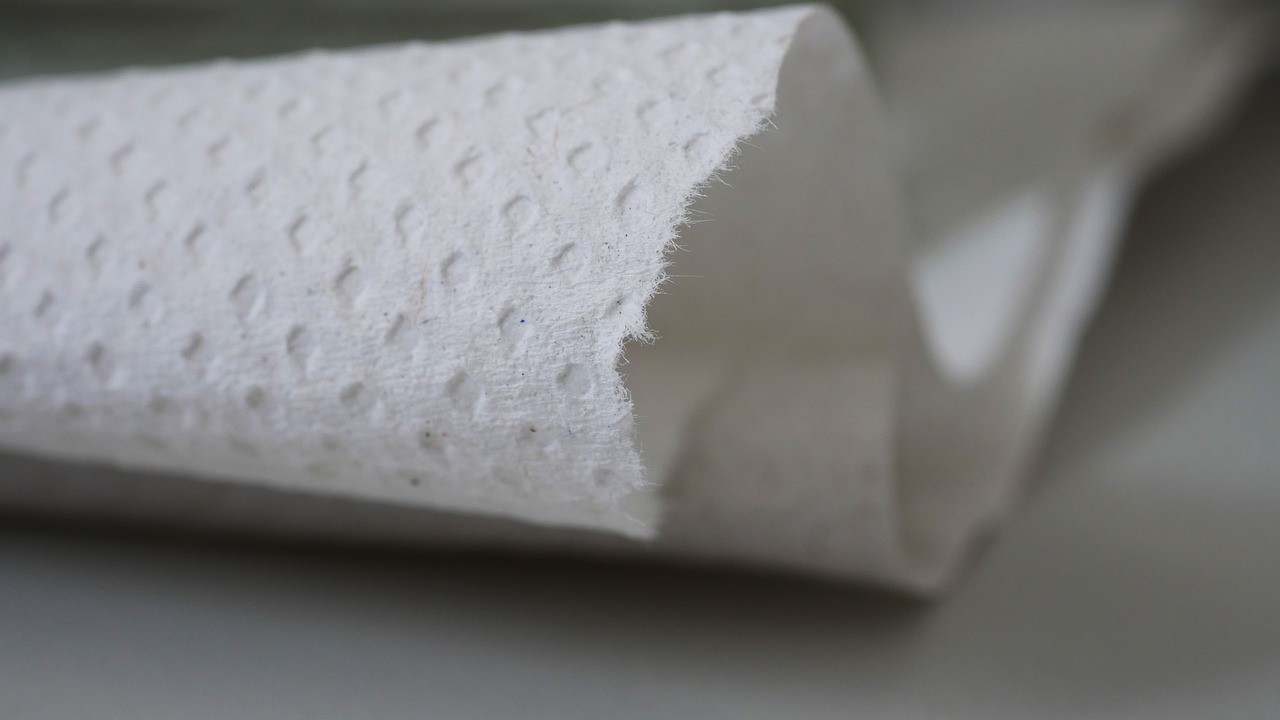
For set-in stains, placing a piece of cardboard behind the stained fabric can prevent oil transfer to other areas while blotting.
Applying Talcum Powder or Cornstarch
Talcum powder or cornstarch can be your secret weapon against oil stains.
To use it effectively, simply rub talcum powder generously on the stain and let it sit for around 15 minutes.
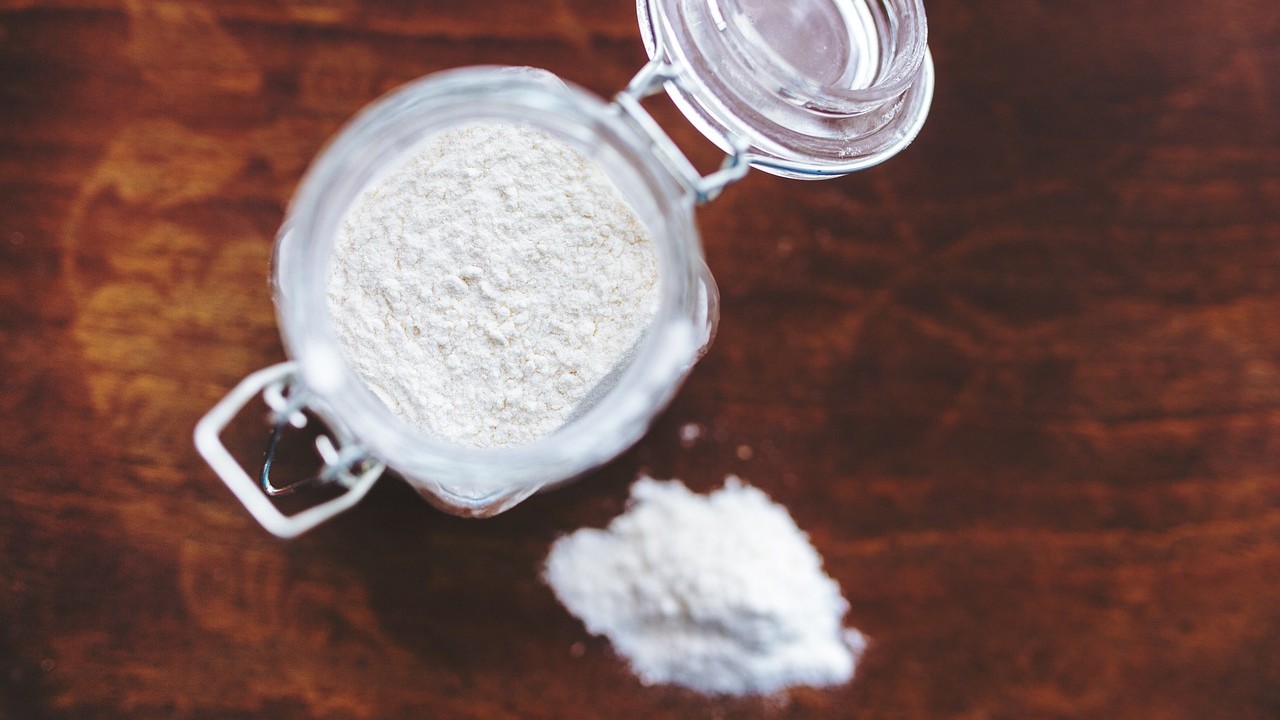
It works by absorbing the oil, making the stain easier to wash out.
After the powder has done its job, scrub the dirty spot with a toothbrush before washing with a mild detergent.
Rubbing Dishwashing Liquid on the Stain
Dishwashing liquid, with its grease-cutting properties, can be an effective pre-treatment for oil stains.
Just a few drops applied directly onto the stain can do wonders.
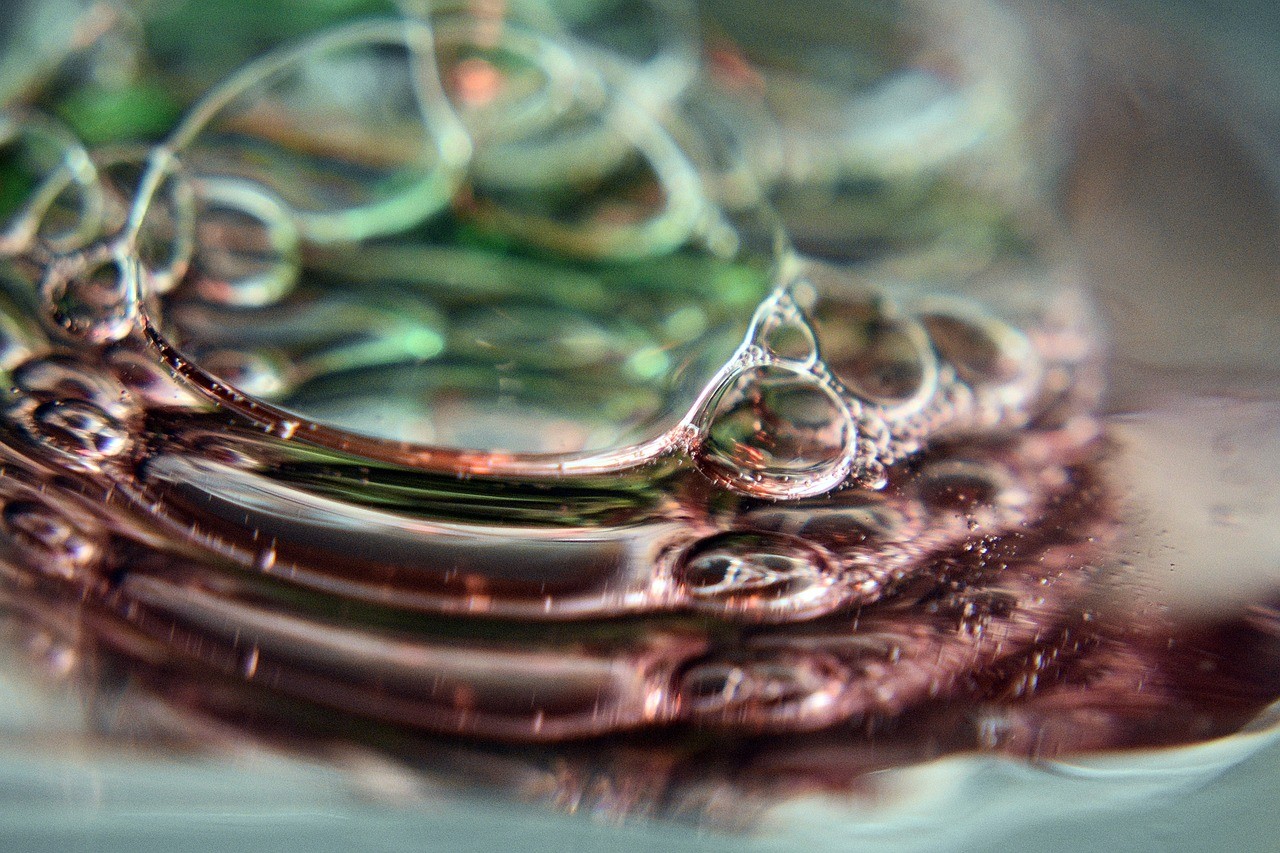
Let it sit for five minutes, then gently rub the area before rinsing with warm water and proceeding to wash the garment.
Washing Methods for Removing Oil Stains
With the stain pre-treated, it's time to delve into the washing process.
The choice of detergent is crucial, with heavy-duty options often providing the best results.
Optimal water temperature is another key factor, as warmer water can help dissolve the oil more effectively.
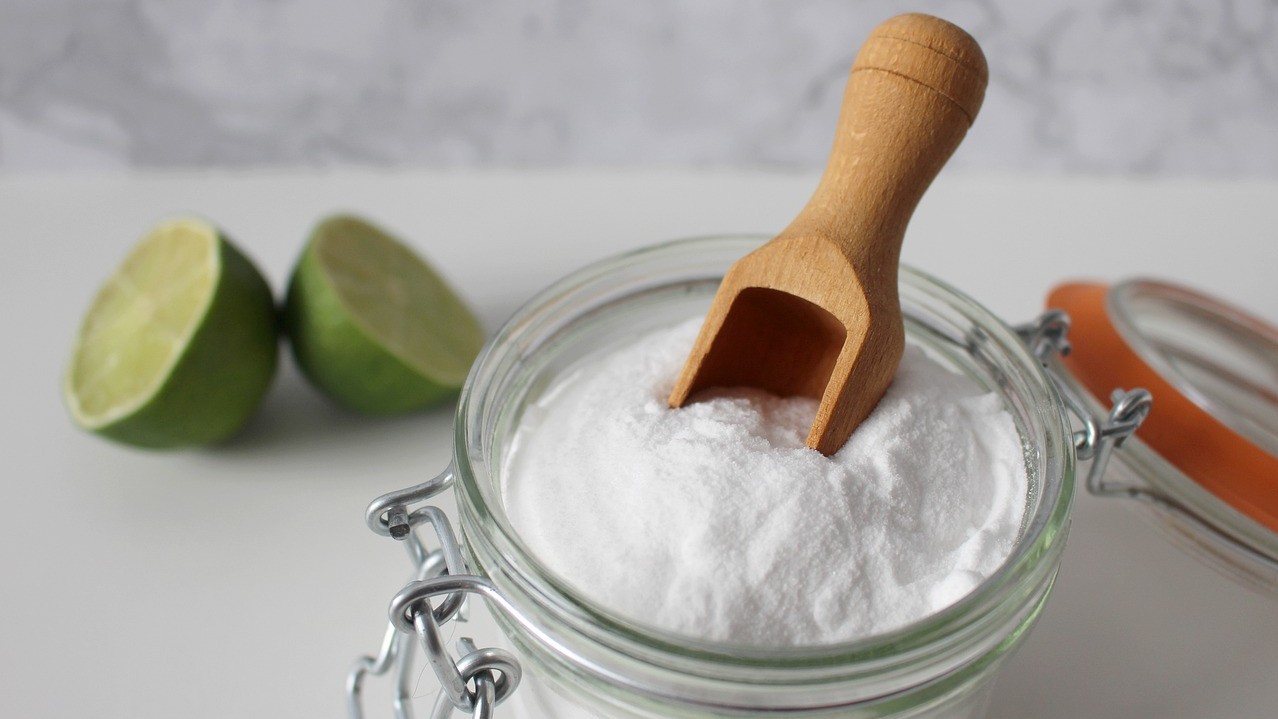
A secret weapon in the battle against stubborn stains is baking soda, known for its natural cleaning properties.
Adding it to your wash can enhance the detergent's effectiveness.
Together, these elements contribute to a powerful cleaning combination that can effectively wash out even the most resistant oil stains.
Choosing the Right Detergent
Choosing the right detergent is paramount.
Heavy-duty laundry detergents or grease-cutting liquid dish soaps are particularly effective for tackling tough oil stains on clothing.

The type of detergent can also depend on the nature of the stain, the kind of fabric, and your personal choices, such as environmental concerns or skin sensitivity.
Water Temperature
The temperature of the water is a key factor in the battle against oil stains.
Warm or hot water can break down oil, working in tandem with your chosen detergent to lift the stain from the fabric.
However, it is crucial to check the care label, as not all fabrics can handle heat equally.
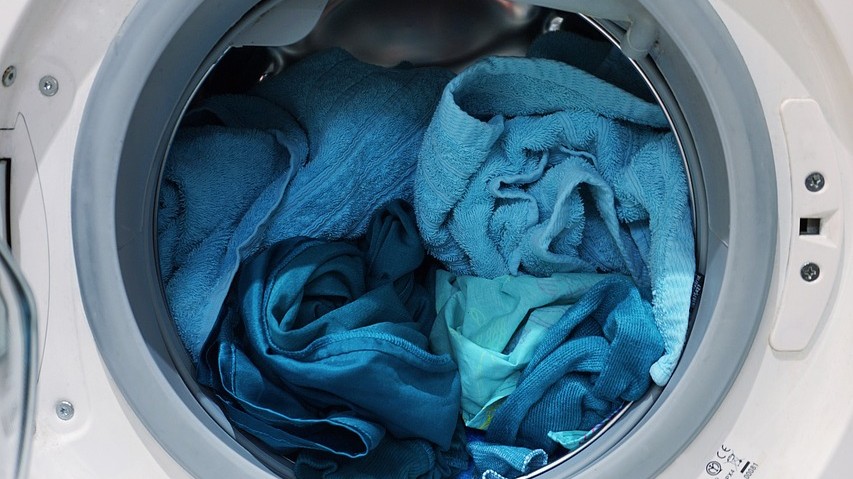
Some materials may be damaged by hot water, while others require it to effectively remove the oil.
Always match the water temperature to the fabric's needs and the detergent's specifications for the best results.
In this way, you can optimise your chances of eradicating those pesky oil stains without causing harm to your garments.
Adding Baking Soda to the Wash
Baking soda, a household staple, can significantly enhance the cleaning power of your wash.
It’s especially useful for tackling stubborn stains in mixed laundry loads, which may contain various types of stubborn residue.
To harness its full potential, simply add a sprinkle of baking soda directly into your washing machine.
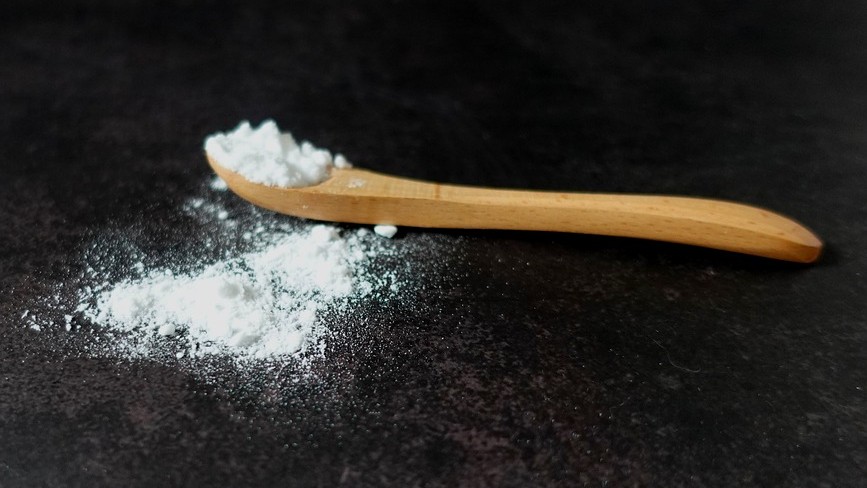
The natural abrasive action and deodorising properties of baking soda work together to break down and lift oil stains from the fabric.
This not only aids in cleaning but also leaves your laundry smelling fresh.
For those particularly challenging stains, baking soda can be the difference-maker in your cleaning routine.
Post-Washing Tips for Oil Stain Removal
After the wash cycle, it's crucial to inspect your garments for any residual marks before even thinking about drying.
Should you find the stubborn stain still clinging on, a second round of pre-treatment and washing might be in order.
In some cases, these persistent spots refuse to budge, and that's when it's time to consider calling in the experts.

Professional cleaners have a bag of tricks and specialised solutions that can tackle stains which home remedies can't touch.
Remember, rushing to the dryer can spell disaster, as heat can fix the oil stain in place, turning a simple laundry issue into a textile tragedy.
So, take a moment to scrutinise your laundry post-wash; it could save your favourite outfit from becoming a cleaning cloth.
Assessing Stain Removal
Always check for remaining stains before you put the fabric to dry.
The heat from the dryer can permanently set any lingering oil stain, making it even more difficult to remove.
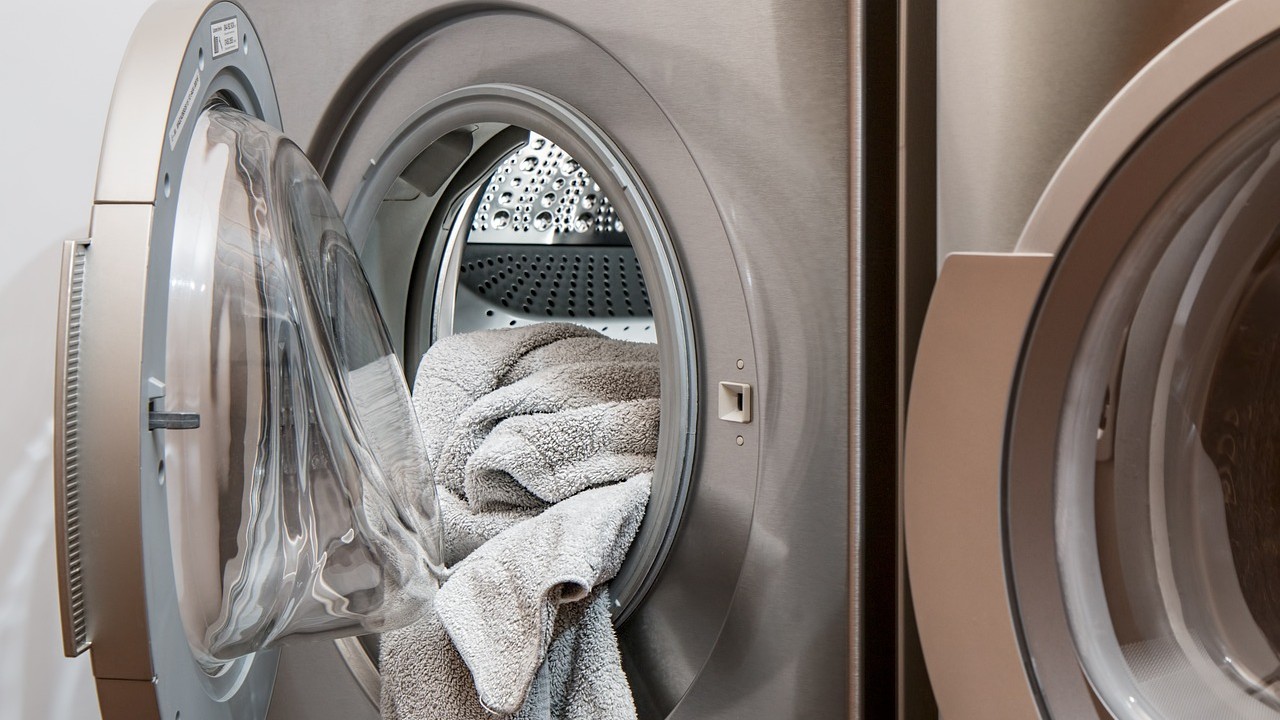
Air drying the clothes can help you assess if the stains have been successfully removed by gently wiping them with a damp cloth.
Repeating Pre-Treatment and Washing
If stains persist, don’t lose hope.
Repeating the pre-treatment and washing cycle can finally get rid of those stubborn stains.
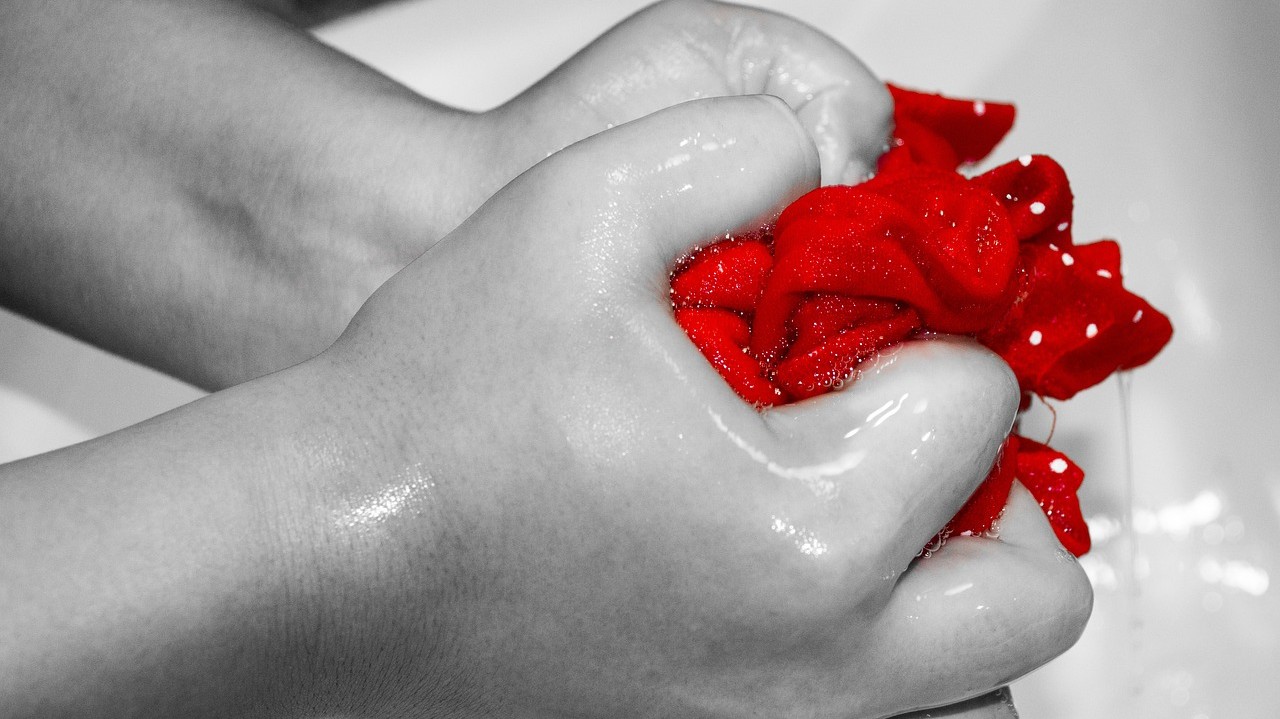
Reapply the pre-treatment methods and undertake a second washing cycle with hot water for successful removal.
Seeking Professional Help
When dealing with ‘dry-clean only’ garments, items of significant value, or particularly stubborn stains, seeking professional help is a wise choice.
Professional cleaners, including those who specialise in end of lease cleaning, possess an arsenal of specialised techniques and products that surpass typical household solutions.
These experts are skilled in handling delicate fabrics and tough stains that may not respond to conventional treatment.
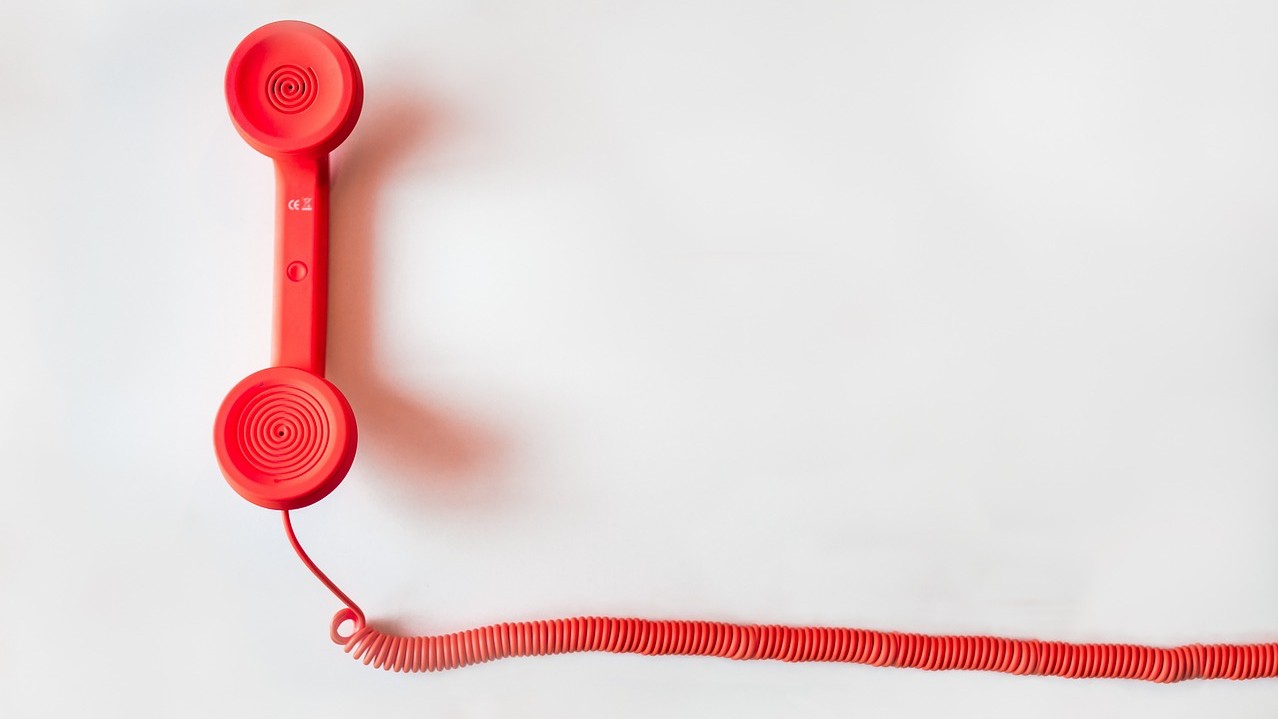
They use advanced cleaning agents and equipment to ensure the best possible outcome without damaging the garment.
For those treasured pieces or when you're preparing to move and need to ensure everything is spotless, professional services can provide the expertise required.
So when your own efforts are falling short, don't hesitate to call in the pros for that extra level of care.
Preventive Measures for Oil Stains
Even though this guide prepares you to handle oil stains effectively, prevention could save you a lot of hassle.
Here are some tips to prevent oil stains:
-
Wear an apron when working with oil-based products
-
Use protective covers on surfaces to catch any spills
-
Properly store and handle oil-based products to minimise the risk of leaks or spills

Following these tips can significantly reduce the occurrence of rust stains and help you tackle stubborn stains, including how to remove rust stains.
Wearing an Apron
Wearing an apron while engaging in culinary activities or when handling oily substances is a smart strategy to shield your attire from unsightly stains.
It’s an uncomplicated yet highly effective preventive measure that can significantly simplify your cleaning tasks.
By donning an apron, you create a protective barrier that keeps your clothes pristine, even in the face of splatters and spills.
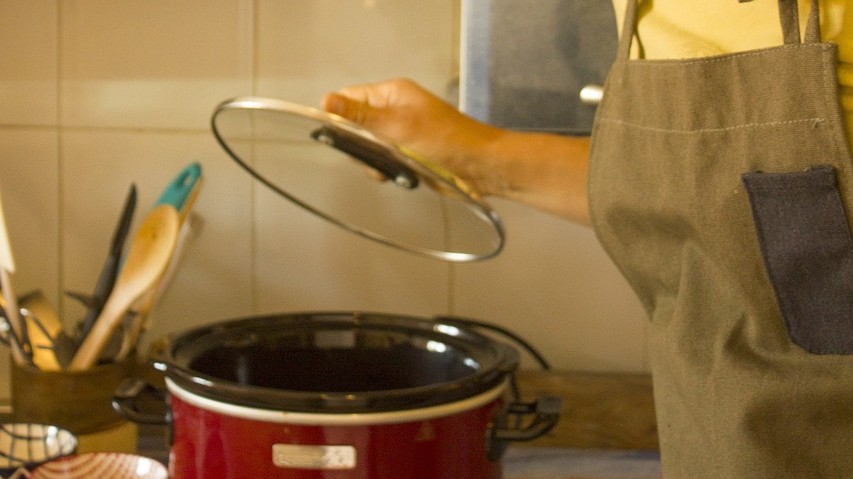
This straightforward action can save you time and effort by reducing the likelihood of stubborn stains.
Aprons are not only practical but also come in a variety of styles, allowing you to add a touch of personality to your kitchen routine.
Ultimately, an apron is a valuable ally in maintaining cleanliness and reducing laundry woes.
Using Protective Covers
Protective covers can effectively shield your furniture and surfaces from unsightly oil stains.
This is particularly useful in high-risk areas such as kitchen cabinets, stoves, and countertops, where oil splatters are common.
By utilising covers, you can maintain the cleanliness and extend the life of these surfaces.
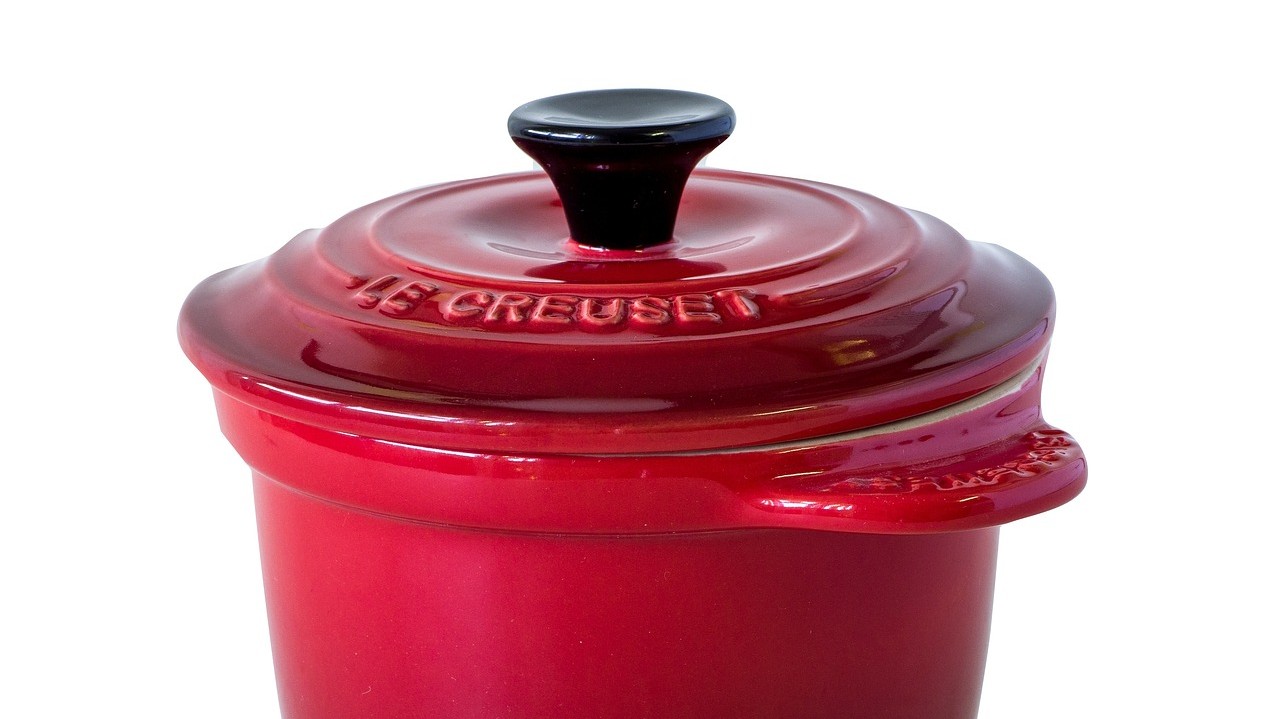
They serve as a barrier, catching spills and splashes, which can easily be cleaned or replaced.
Implementing the use of protective covers is a simple yet effective strategy to keep your kitchen looking pristine.
Overall, these covers are invaluable for preserving the integrity and appearance of your cooking and dining spaces.
Proper Storage and Handling
Proper storage and handling of oil-based products are essential to prevent accidental spills and the stains that follow.
It's important to store these items in cool areas, away from any sources of heat, sparks, or conditions that could lead to freezing.
Should a spill occur and you're unable to immediately wash the fabric, a temporary fix is to sprinkle salt or artificial sweeteners on the spill.

These substances are excellent at absorbing oil, buying you time until you can perform a proper clean.
Ensuring that oil-based products are securely sealed and placed in an upright position will also minimise the risk of accidental spills.
By taking these precautionary steps, you can significantly reduce the likelihood of dealing with stubborn oil stains on your clothing and fabrics.
Frequently Asked Questions
Yes, it is possible to remove oil stains from synthetic materials with the right pre-treatment and washing techniques.
You can use dish soap, baking soda, vinegar, or WD-40 to effectively treat oil stains on clothes.
These everyday household items can help remove oil stains.
If the oil stain doesn't go away after one wash, you can repeat the pre-treatment and washing process for effective removal.
It's best to avoid heat from the dryer when trying to remove oil stains, as it can set the stain further, making it harder to remove later.
To prevent oil stains, consider wearing an apron, using protective covers, and practicing proper storage and handling of oil-based products.
These measures can significantly reduce the occurrence of oil stains.
Final Words
Oil stains need not be your nemesis anymore.
With this comprehensive guide at your disposal, you’re well-equipped to identify, treat, and prevent these stubborn stains.
Remember, acting quickly, using the right pre-treatment techniques, choosing the right detergent, and proper storage and handling of oil-based products can make a world of difference.
So, don’t let those pesky stains dampen your spirit, tackle them head-on.
 Fold Down
Fold Down

 Rotary Hoist
Rotary Hoist
 Retractable
Retractable
 Portable
Portable
 Ceiling Airer
Ceiling Airer
 Covers
Covers




